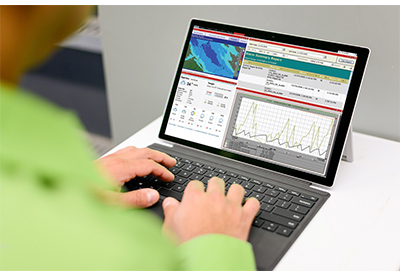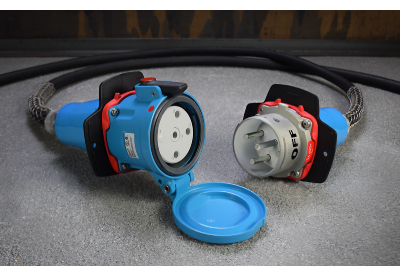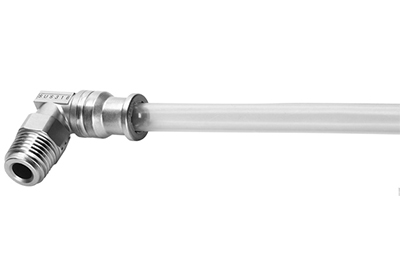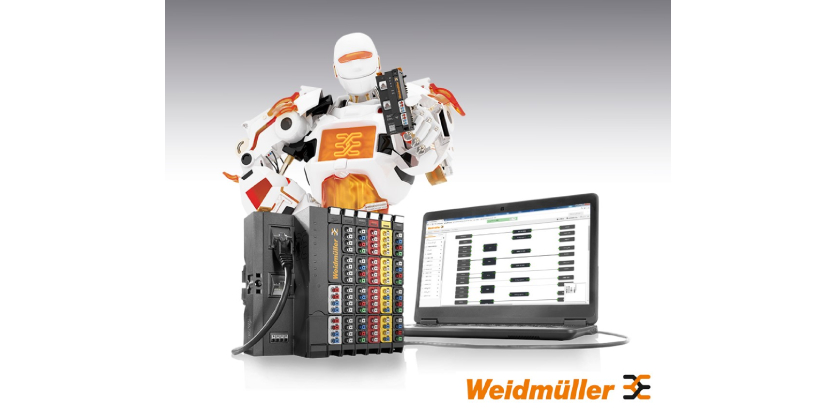Eaton Unveils Next-Generation Architecture to Advance 800 VDC Power Infrastructure for AI Factories
October 30, 2025
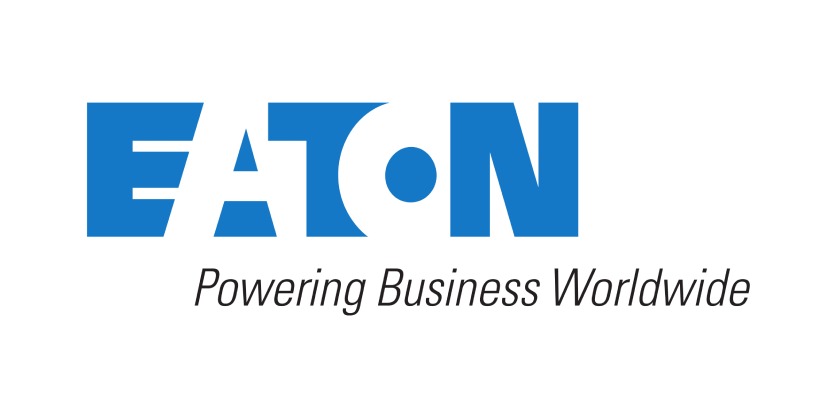
- Innovative design leverages Eaton power management technologies to protect and support the high-density computing needs of AI data centres
- New reference architecture will help future-proof AI factories to meet growing energy demands of AI infrastructure
Intelligent power management company Eaton has announced the delivery of a new reference architecture designed to accelerate the adoption of 800 VDC power in artificial intelligence (AI) data centres. Their new design, built in support of the 800 VDC architecture announced by NVIDIA, leverages Eaton’s innovative power management technology to protect and optimize high-density computing infrastructure and serves as a critical milestone in Eaton’s grid-to-chip strategy for meeting the increasing energy demands of AI data centres.
Data centre energy load growth, driven by increasingly demanding AI workloads, continues to expand beyond the limits of existing data centre capabilities. NVIDIA is working with leading power, silicon and data centre partners to pioneer the adoption of 800 VDC and help unlock new levels of scalability and energy optimization in AI factories. These next-generation systems, which feature power distribution integrated with energy storage, are uniquely positioned to handle the power demands of modern AI factories, delivering megawatt-scale rack power safely, efficiently and with minimal material and infrastructure costs.

Eaton’s new reference architecture is a key milestone in its collaboration with NVIDIA to accelerate 800 VDC power infrastructure in AI factories.
Eaton’s reference design incorporates Eaton solutions with NVIDIA AI infrastructure. Their products featured in the design include supercapacitors for fast-cycle power backup; power distribution technology through busbar included in the ORV3 design; a hot aisle containment system to support busway and cable trays within the application; DC connectors and more.
“The introduction of 800 VDC architectures is a transformative advancement for data centre innovation that will enable new possibilities in AI computing,” said JP Buzzell, vice president and data centre chief architect at Eaton. “We’re proud to deepen our collaboration with NVIDIA with the introduction of this new reference design, a major step in our grid-to-chip strategy, as we help accelerate the transition to the AI factory of the future.”
Eaton’s grid-to-chip strategy is a comprehensive approach to providing intelligent solutions for the full AI data centre power chain, including power distribution, backup power and digital technologies. Other recent advancements in the company’s strategy include its collaboration with Siemens Energy to support fast construction of modular data centres with integrated on-site power generation as well as its new edge-based solution to detect and proactively mitigate AI power bursting in data centres.
“Streamlined 800 VDC architectures enable AI infrastructure to meet rising workload demands while maximizing energy efficiency,” said Dion Harris, senior director, HPC, Cloud and AI Infrastructure at NVIDIA. “NVIDIA’s collaboration with innovators like Eaton is paving the way for high-density computing environments built for the AI industrial age.”
Eaton will showcase its latest developments for the 800 VDC architecture in booth A15 at the Open Compute Project Global Summit, taking place October 13-16, 2025, in San Jose, California. To learn more about Eaton’s grid-to-chip power management solutions for AI data centres, visit Eaton.com/DataCenters.
Eaton is an intelligent power management company dedicated to protecting the environment and improving the quality of life for people everywhere. They make products for the data centre, utility, industrial, commercial, machine building, residential, aerospace and mobility markets. They are guided by our commitment to do business right, to operate sustainably and to help their customers manage power – today and well into the future. By capitalizing on the global growth trends of electrification and digitalization, they are helping to solve the world’s most urgent power management challenges and building a more sustainable society for people today and generations to come.
Founded in 1911, Eaton has continuously evolved to meet the changing and expanding needs of their stakeholders. With revenues of nearly $25 billion in 2024, the company serves customers in more than 160 countries.
More Information
For more information, visit www.eaton.com. Follow them on LinkedIn.
Related Story
Eaton and Xendee Collaborate to Optimize Microgrid Performance Using AI-Powered Tools for Greater Energy Savings, Security and Sustainability
Intelligent power management company Eaton is collaborating with Xendee Corporation, a provider of the leading design and operation platform for distributed energy and microgrid systems. Xendee’s cutting-edge microgrid modeling and operations platform combined with Eaton’s engineering expertise and proven power distribution technologies deliver a fully integrated microgrid solution. They led a Series B financing round for Xendee Corporation to further accelerate the deployment of artificial intelligence (AI) powered tools for distributed energy resources (DERs), and to help power the next phase of Xendee’s growth.



